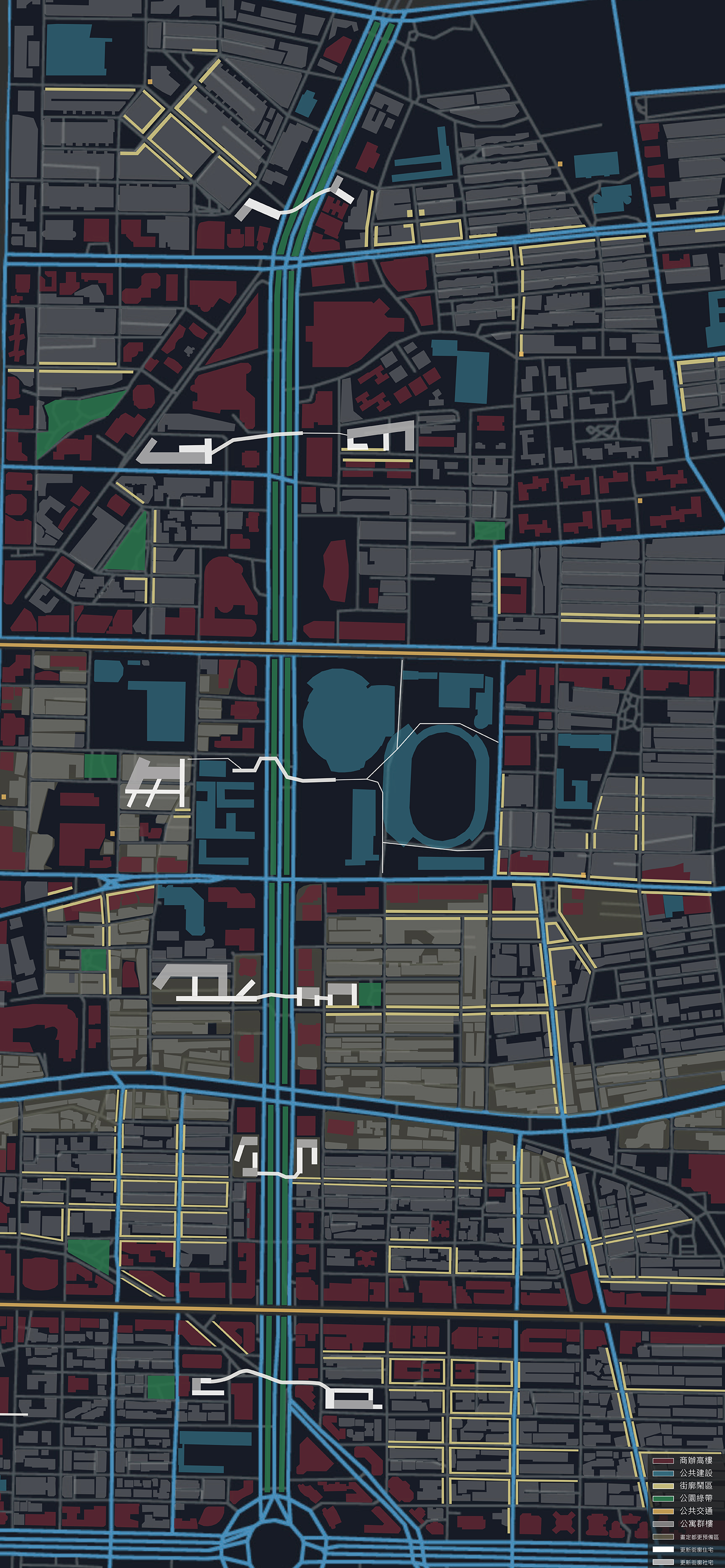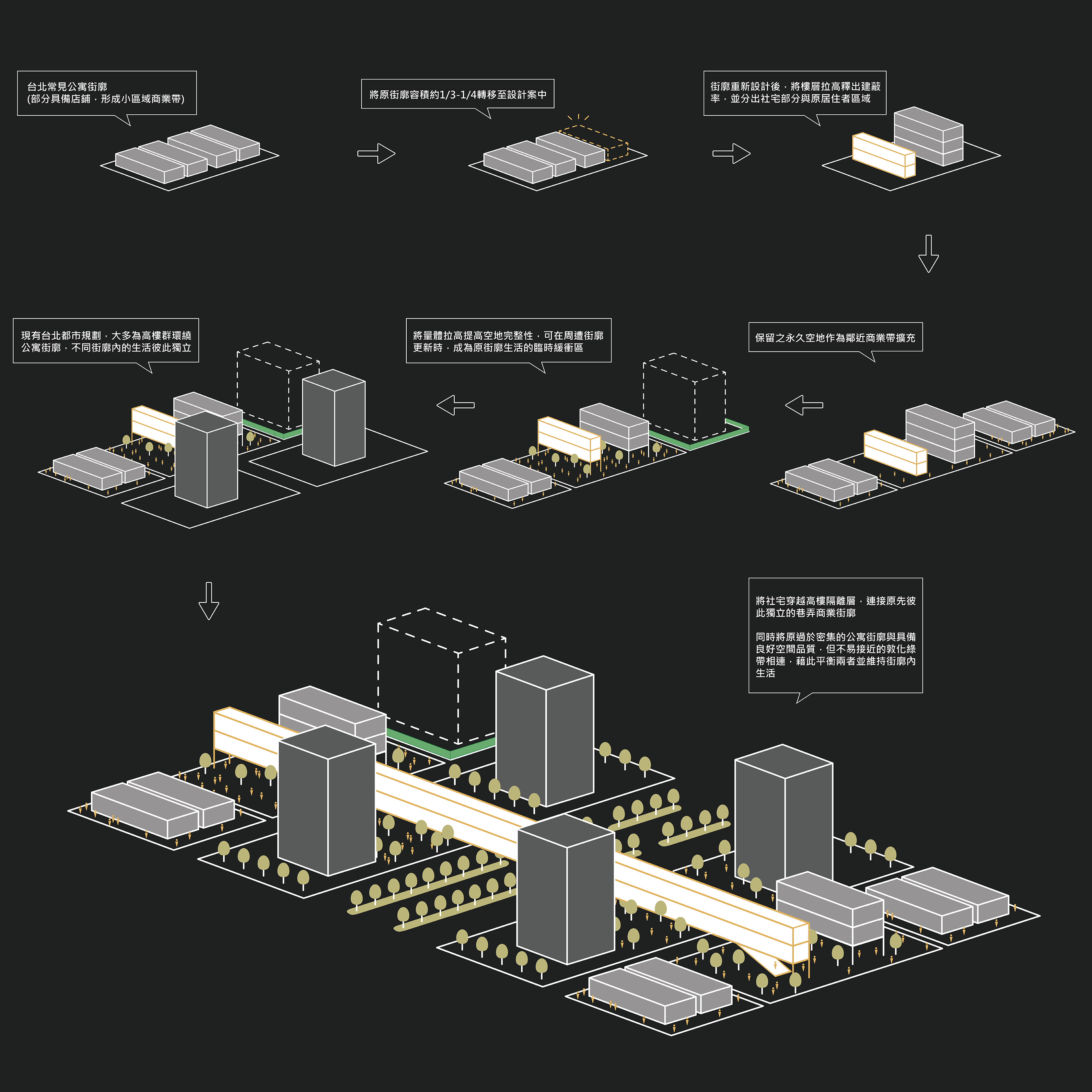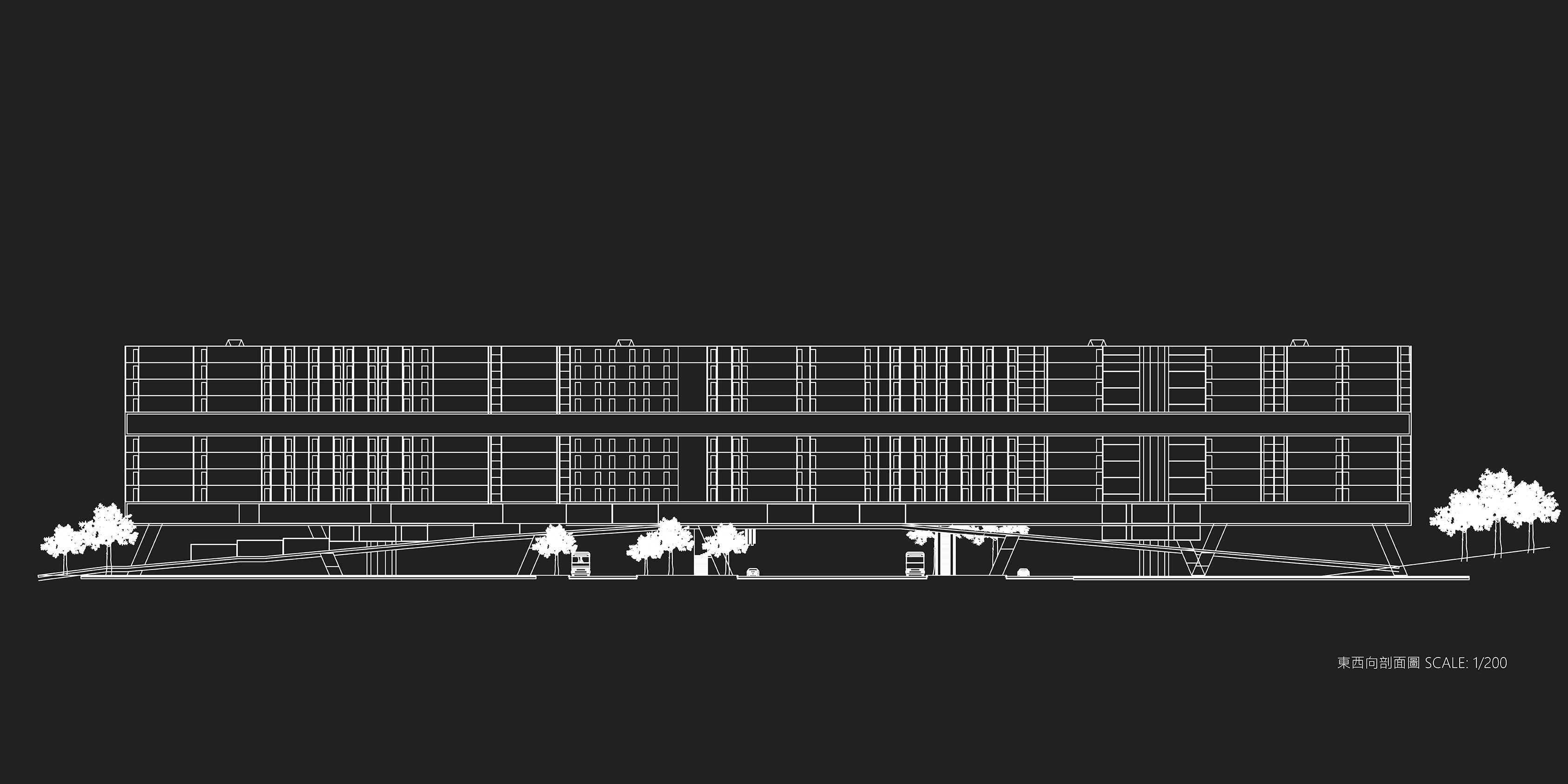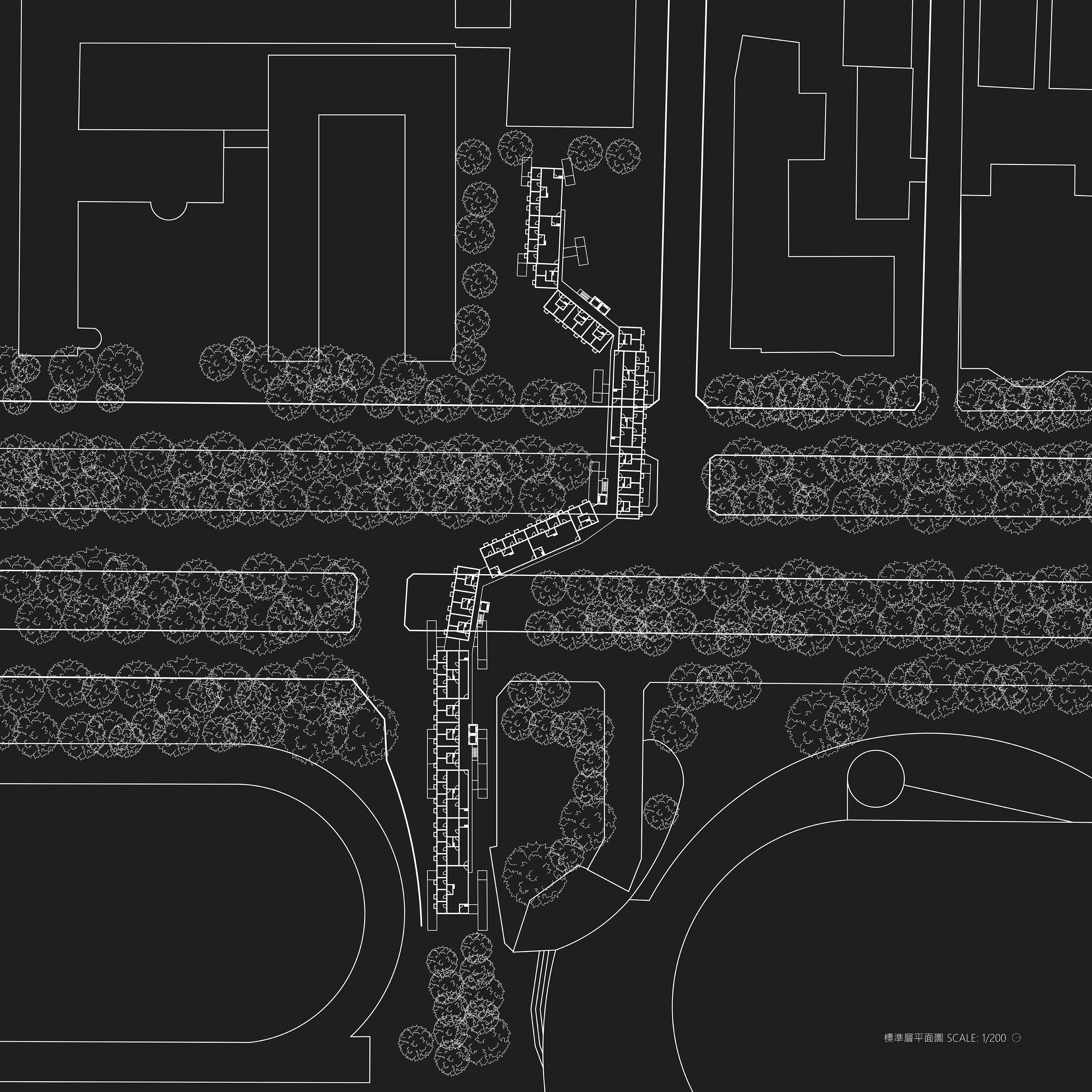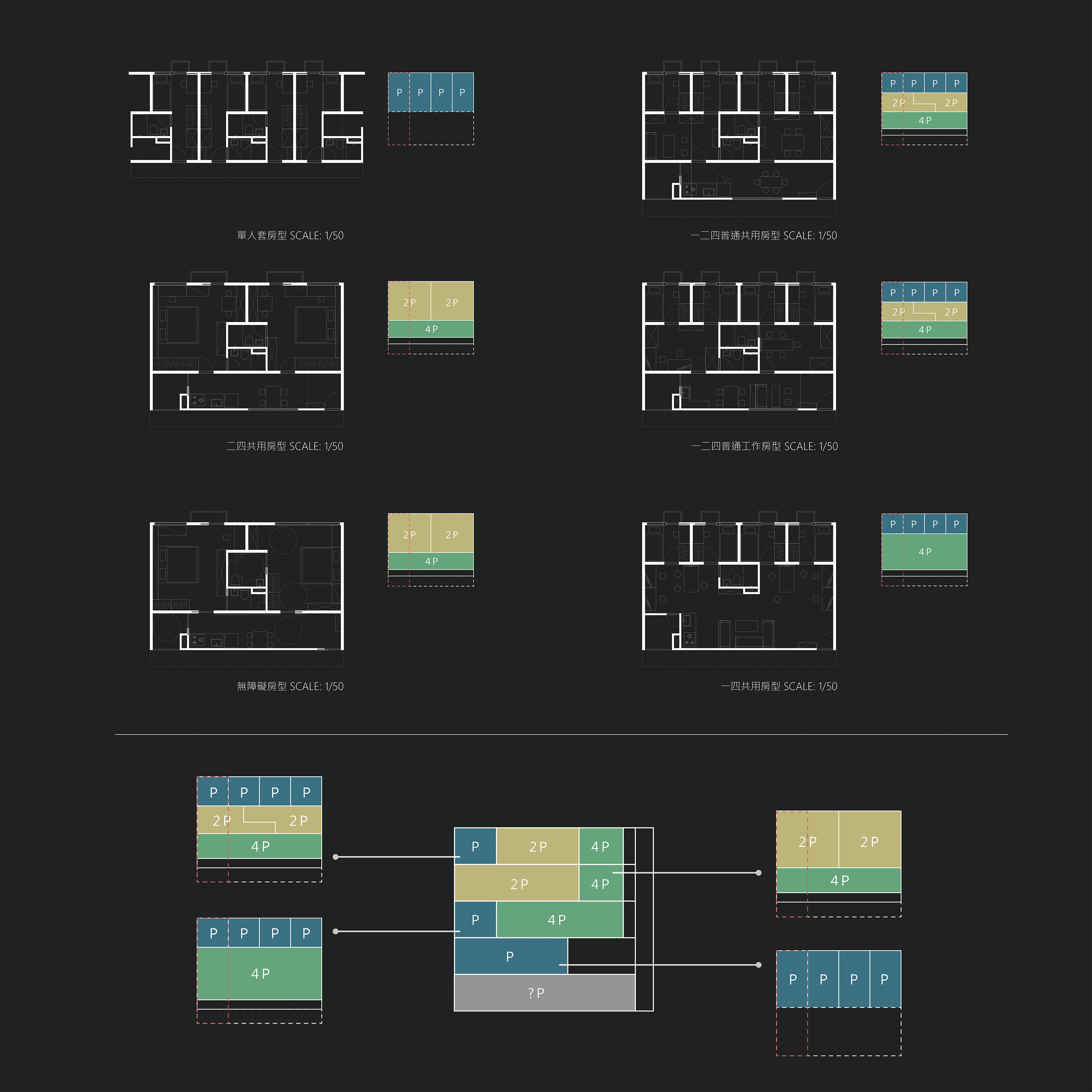都市游牧
Urban Nomad
鄭馭
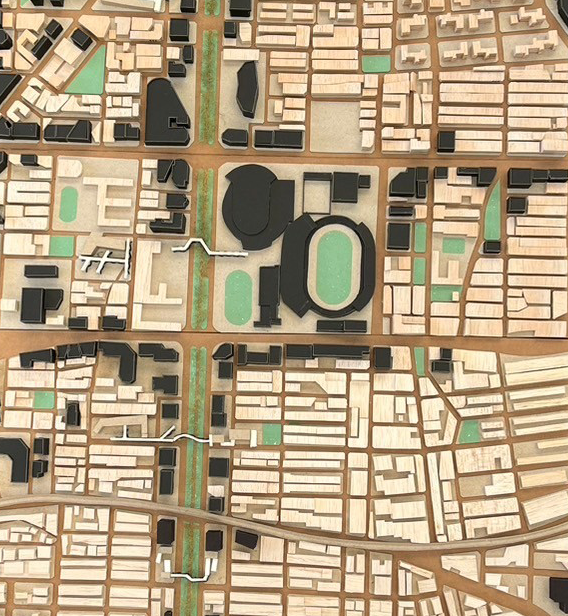
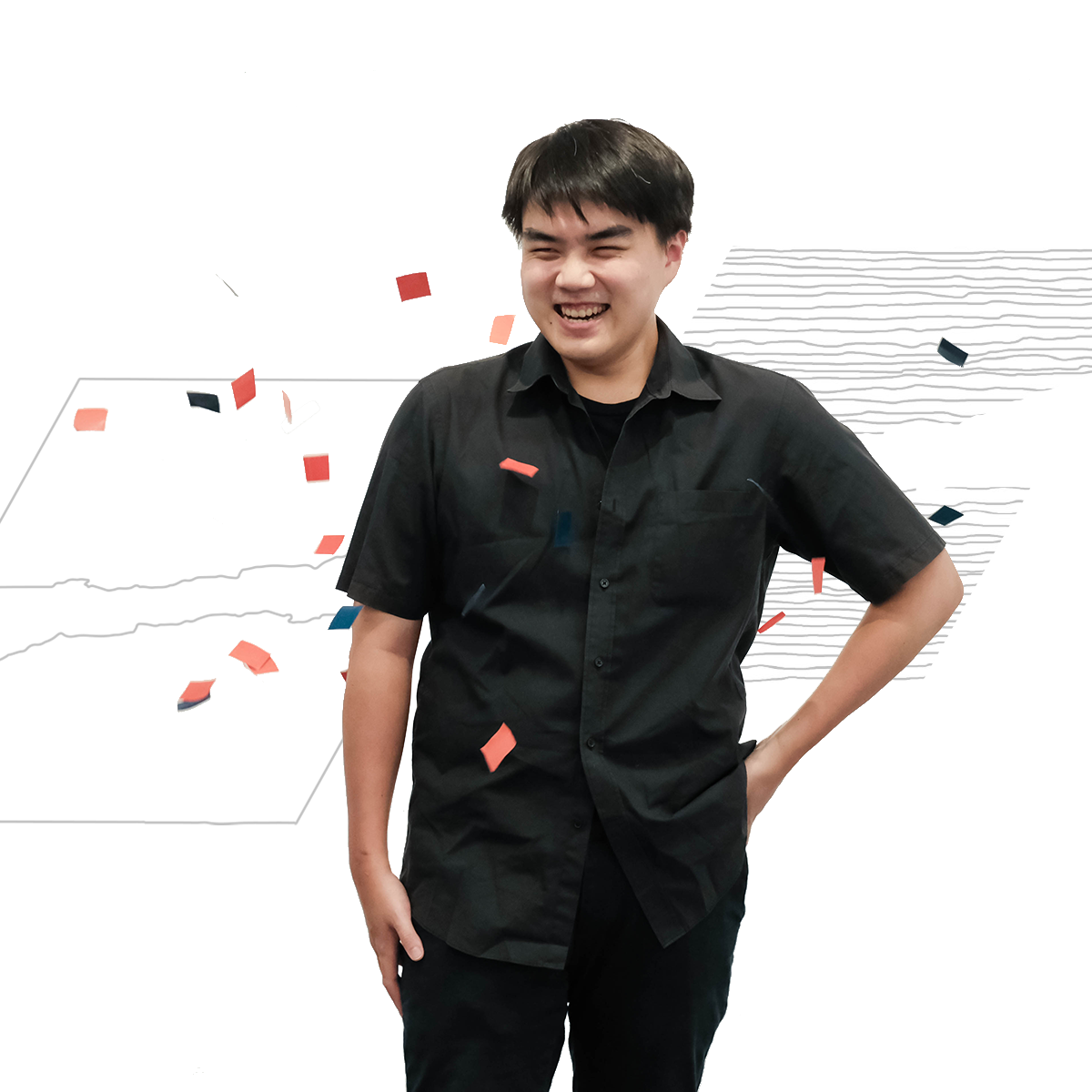
留存生活現象融於生活想像之中
設計說明
隨著時代流淌的臺北街景,置身於這個時代之中有無共存的可能?
基地
台北市敦化南北路
臺北街景同時存在著繁華的商辦與完備道路的一面以及隱匿於巷弄內的熱鬧生活,各自反映著屬於朝向更好的生活的想像以及當下生活的現象,而生活現象正是當今被各方詬病的混亂街景或是老舊公寓群,我想將此種生命力保留下來,但同時認為這樣的現象並非設計者能夠複製的,所以轉而朝向讓這樣的活動有更強的任性以及彈性活動範圍,因而從都市設計的角度為此種臺北常見街廓留下更多空間,將社會住宅置於目標街廓周遭並留退地面層永久空地,讓周圍活動在面對必然的都市更新有地方避難,同時設置中繼住宅輔助都更居民不須大幅度遷徙居住地即可完成更新。而社會住宅本身透過強化共用程度更大幅度
讓公共設施有更多機會被無論是周遭居民還是社宅居民使用,並利用此公共生活街道串聯不同的被隱匿於高樓背後的生活現象街廓群。
Site
Taipei Dunhua Rd
Taipei’s streetscape features both bustling commercial areas and vibrantalleyway life, reflecting aspirations for a better future and the realities of current living. The lively, chaotic street scenes and old apartment clusters, often criticized, are vital to this urban life. I aim to preserve this vitality, recognizing that it cannot be easily replicated by designers. Instead, I focus on enhancing the resilience and flexibility of these activities.
From an urban design perspective, I propose creating more space around common Taipei street blocks. Social housing should be placed around these blocks, with the ground level left permanently open to provide refuge during urban renewals. Transitional housing can help residents undergo renewal without relocating far.
By designing social housing to enhance communal usage, public facilities become more accessible to both nearby residents and social housing occupants. This creates public living streets that connect hidden street block communities behind skyscrapers. This strategy ensures that during urban renewals, residents have places to continue their activities, preserving the
organic vitality of these neighborhoods while supporting Taipei, ongoing development.
